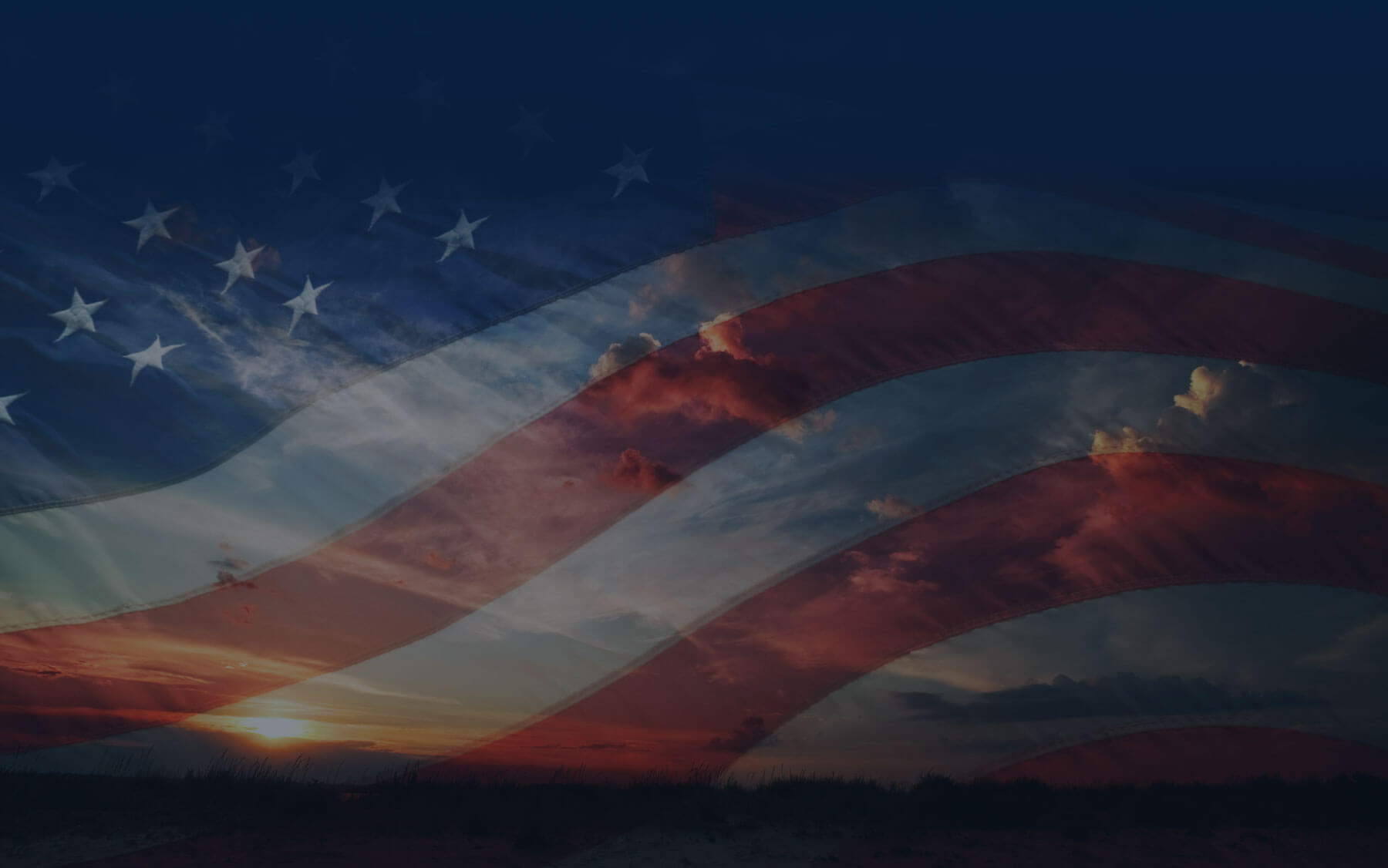Nintendo Switch 2 Pricing Strategy: Game-Key Cards and Upgrade Costs Raise Questions
As Nintendo gears up for the impending release of its next-generation console, the Switch 2, questions about pricing strategies and the nature of game releases have emerged. Two notable titles for the new system—Capcom’s Street Fighter 6 Year 1-2 Fighters Edition, priced at $60, and Square Enix’s remastered Bravely Default, launching at $40—have recently been announced, though they will not follow traditional pricing models, especially with the introduction of a new game format.
Introduction of Game-Key Cards
A significant change that will affect how consumers interact with physical games is Nintendo’s introduction of the Game-Key Card format. Unlike traditional cartridges, these new cards do not contain actual game data; instead, they provide a key that allows players to download the game onto their systems. Despite their physical presence, players must insert the Game-Key Card into their console each time they wish to play—essentially combining aspects of both digital and physical formats. This shift raises questions about the value and cost structure: while these cards are cheaper to manufacture, it remains to be seen whether those savings will benefit consumers.
Potential Cost Savings
The Game-Key Cards, which serve as a workaround to facilitate ownership while removing the need for substantial physical data storage, are expected to be less expensive to produce. Although the initial game prices have been announced, the complete implications of cost for consumers, especially in light of the ongoing transition, are still unclear. Experts suggest that more data from additional game releases will provide better insights into how these cost savings will be reflected in retail prices.
Switch 2 Edition Upgrades: Pricing Uncertainty
Another point of curiosity surrounding the Switch 2 is the costs associated with upgrading existing games from the original Switch. Titles such as Metroid Prime 4 and Pokémon Legends: Z-A are set to release on both consoles, prompting speculation regarding the upgrade pricing. Inferences drawn from past promotions indicate that upgrade costs might range between $10 to $20, aligning with strategies seen in other console transitions, such as the PlayStation 4 to PlayStation 5 upgrade fees. This would place new titles for the Switch 2 in the $70 to $80 range—significantly higher than their predecessors, posing a potential dilemma for consumers weighing the benefits of upgrading.
Nintendo Switch Online Subscription Incentives
Additionally, Nintendo is employing upgrade packs for popular titles as a way to promote its privacy-focused subscription service. For example, the upgrade packs for highly acclaimed games like The Legend of Zelda: Breath of the Wild and Tears of the Kingdom will be available for free to subscribers of the Nintendo Switch Online + Expansion Pack service. This strategic move not only enhances the value proposition of the subscription model but also aims to leverage additional revenue streams from online services during the console’s lifecycle.
Conclusion: Implications for Consumers and the Market
The evolving landscape of game pricing and release formats for the Nintendo Switch 2 reflects broader trends within the gaming industry, where digital and physical models increasingly intersect. As the market adapts to these innovations, the responses from consumers will be crucial in shaping Nintendo’s long-term strategy.
With early pricing indications and subscription offerings, Nintendo appears positioned to captivate both loyal fans and new players. However, clarity is still needed regarding the true costs and benefits of this new era in gaming, particularly as the console market continues to mature. The long-term success of the Switch 2 may hinge not only on its game library but also on how effectively it addresses consumer concerns related to pricing, value, and ownership in an increasingly digital world. As more information becomes available and more titles are announced, stakeholders will be watching closely to understand the full impact of these strategic choices.









